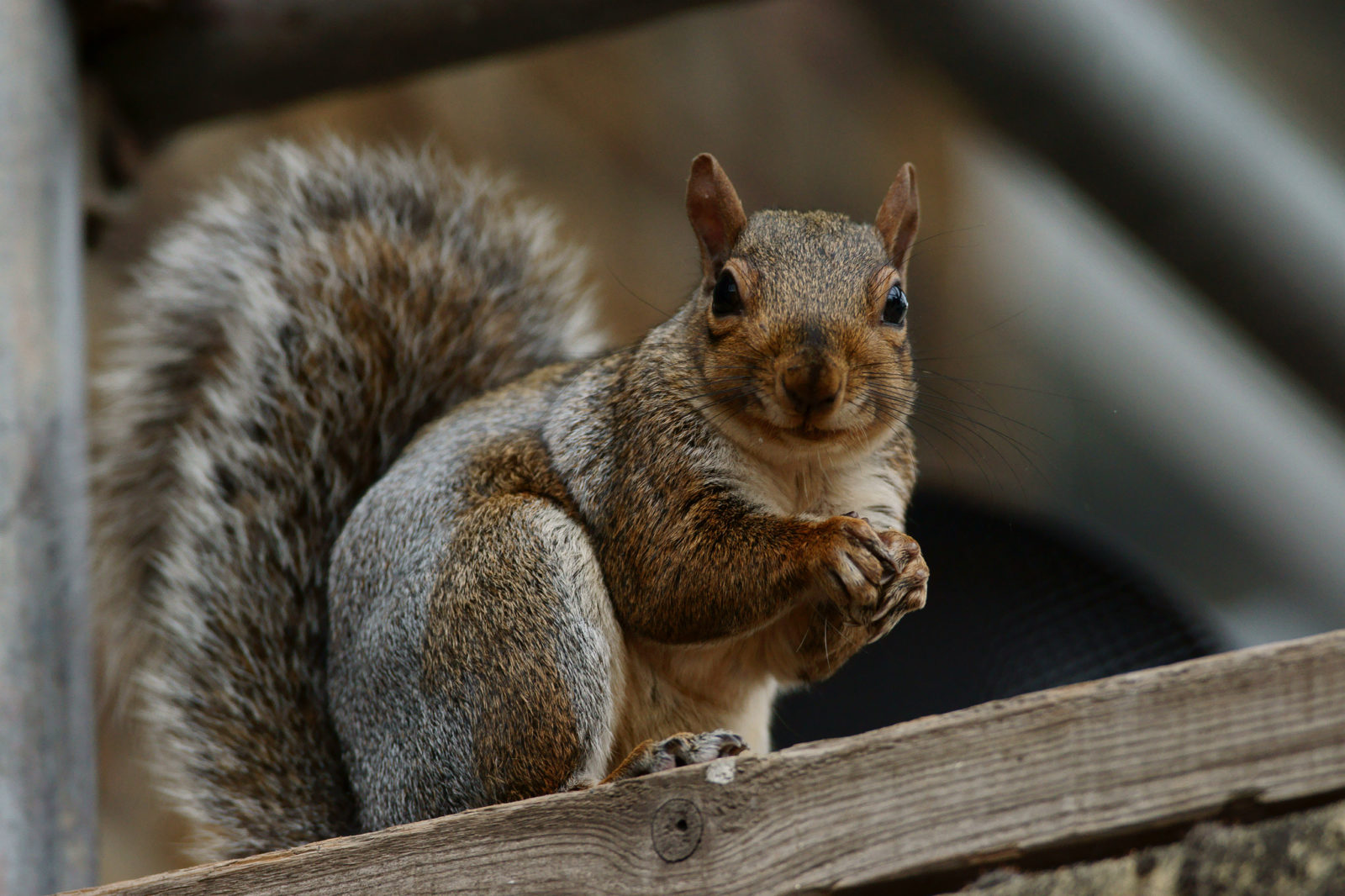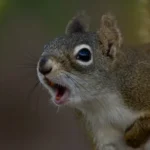Squirrel feces, often overlooked or simply dismissed as a minor nuisance, can provide significant insights into the health, behavior, and presence of squirrels in your area.
Whether you’re an urban dweller dealing with pesky critters or a wildlife enthusiast studying these creatures, understanding squirrel droppings is more important than it might seem.
In this article, we’ll explore the characteristics of squirrel feces, what it can reveal, and why it’s essential to be cautious when handling it.
What Does Squirrel Feces Look Like?
Squirrel feces typically has a distinct appearance that can help identify it from the droppings of other animals. The most common characteristics include:
- Shape and Size: Squirrel droppings are cylindrical in shape, measuring about 1/4 to 1/2 inch in diameter and 1 to 1.5 inches in length. They are usually dark brown or black when fresh and become lighter as they dry out.
- Texture: They have a somewhat smooth texture, often resembling small, rounded pellets.
- Consistency: Squirrel feces are firm and dry, unlike the softer, runny droppings of some other animals like raccoons or opossums.
The droppings may vary slightly depending on the diet of the squirrel. For example, if squirrels consume more berries, the feces may have a reddish tint. Similarly, a diet rich in nuts and seeds may result in slightly larger, more solid pellets.
What Squirrel Feces Can Reveal
While it may seem insignificant, squirrel feces can tell you a lot about the animal’s health, diet, and behavior. Here’s what to look for:
- Health Indicators: Like many animals, squirrels can carry diseases that are transmissible through their feces. Parasites such as roundworms and leptospirosis bacteria can be present in squirrel droppings. If you notice abnormal changes in the droppings, such as unusual colors (bright red or white), or signs of distress like visible blood, it could indicate that the squirrel is sick, and the droppings should be treated with caution.
- Dietary Habits: As primarily herbivores, squirrels feed on nuts, seeds, fruits, and sometimes bark. By examining the feces, you can often spot remnants of their food. For instance, undigested bits of seeds, berries, or even leaves can be visible in the droppings. These food fragments offer insight into what the squirrel has been eating recently, which could be helpful in understanding their foraging patterns.
- Presence of Squirrels: Finding squirrel feces can also be a sign that squirrels are actively living or foraging in your area. If you notice droppings near your attic, in your yard, or along fences, it’s a strong indicator that squirrels are nearby. This is especially true if you find a concentration of droppings in a particular location.
Health Risks Associated with Squirrel Feces
While squirrel feces can be informative, it is also important to be aware of the potential health risks. Some of the diseases and parasites squirrels may carry include:
- Hantavirus: A dangerous virus transmitted by rodents, including squirrels, that can cause severe respiratory illness in humans. The virus is primarily spread through contact with droppings or urine, so it’s crucial to avoid inhaling dust from dried squirrel feces.
- Leptospirosis: This bacterial infection, which can be found in squirrel urine or feces, may lead to flu-like symptoms in humans and, in severe cases, liver damage.
- Salmonella: Though rare, squirrels can also carry bacteria such as Salmonella, which can be passed through their feces and lead to gastrointestinal illness in humans.
Due to these risks, it’s important to always wear gloves and take precautions when handling or cleaning up squirrel droppings.
How to Safely Clean Squirrel Feces
If you find squirrel feces in your home or yard, it’s essential to handle the situation with care to prevent exposure to harmful pathogens. Here’s how to safely clean up squirrel droppings:
- Wear Protective Gear: Always wear rubber gloves, a mask, and eye protection to minimize direct contact with the feces and avoid inhaling harmful particles.
- Use Disinfectants: When cleaning the area, use a disinfectant spray to sanitize the space. It’s important to clean both the feces and any nearby surfaces that may have been contaminated.
- Dispose Properly: Place the droppings in a sealed plastic bag before disposing of them in an outdoor trash bin. Do not attempt to flush them down the toilet, as this can cause blockages.
- Ventilate the Area: Open windows and doors to ensure proper ventilation when cleaning up. This reduces the risk of inhaling any harmful airborne particles.
How to Prevent Squirrels from Nesting Near Your Home
If you’re dealing with frequent sightings of squirrel droppings around your property, it might indicate that squirrels have made a home nearby. Here are some tips to deter them:
- Seal Entry Points: Squirrels can enter homes through small gaps or holes. Check your attic, roof, and other areas for potential entry points, and seal them securely with metal mesh or other materials.
- Remove Food Sources: Squirrels are attracted to bird feeders, fallen fruits, or garbage. Make sure to clean up fallen food and secure trash bins to minimize attractants.
- Trim Trees and Shrubs: Squirrels are expert climbers, and overhanging branches can serve as a bridge to your roof or attic. Trim tree branches that are within 6-8 feet of your home.
- Use Deterrents: Consider using natural squirrel repellents, such as peppermint oil or predator urine, around the perimeter of your property to make the area less inviting.

Conclusion
Squirrel feces may seem like a small and inconsequential part of living with wildlife, but it holds valuable information about the presence and health of squirrels in your area.
By understanding the characteristics of squirrel droppings, you can gain insight into their diet, behavior, and any potential health risks they may carry.
Whether you’re simply curious or dealing with a squirrel infestation, knowing how to safely handle and clean squirrel feces is essential for your health and well-being.



